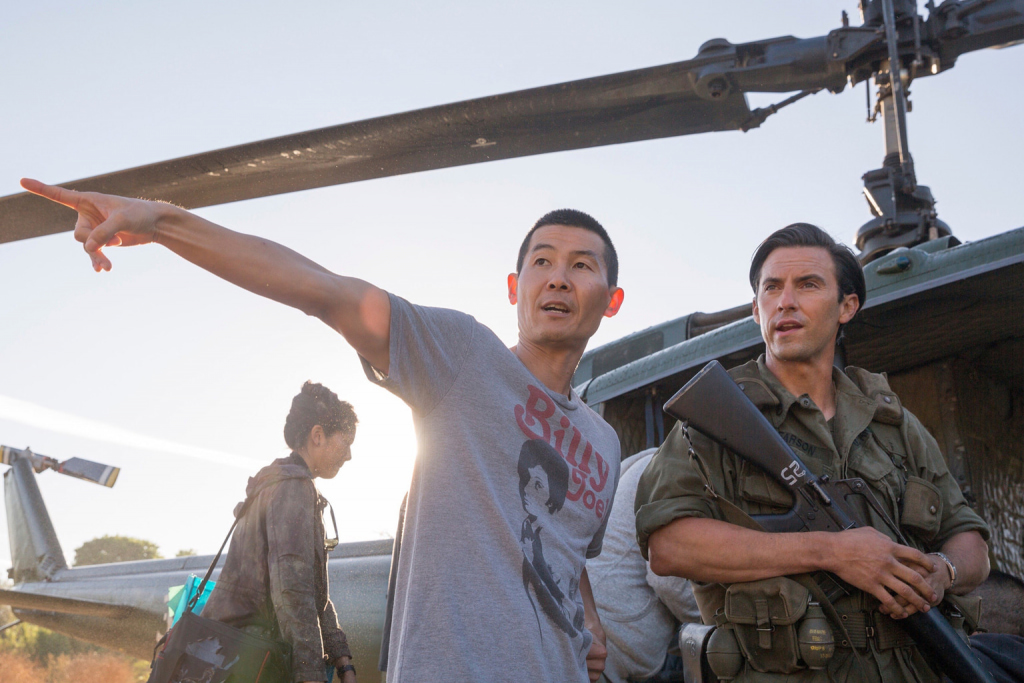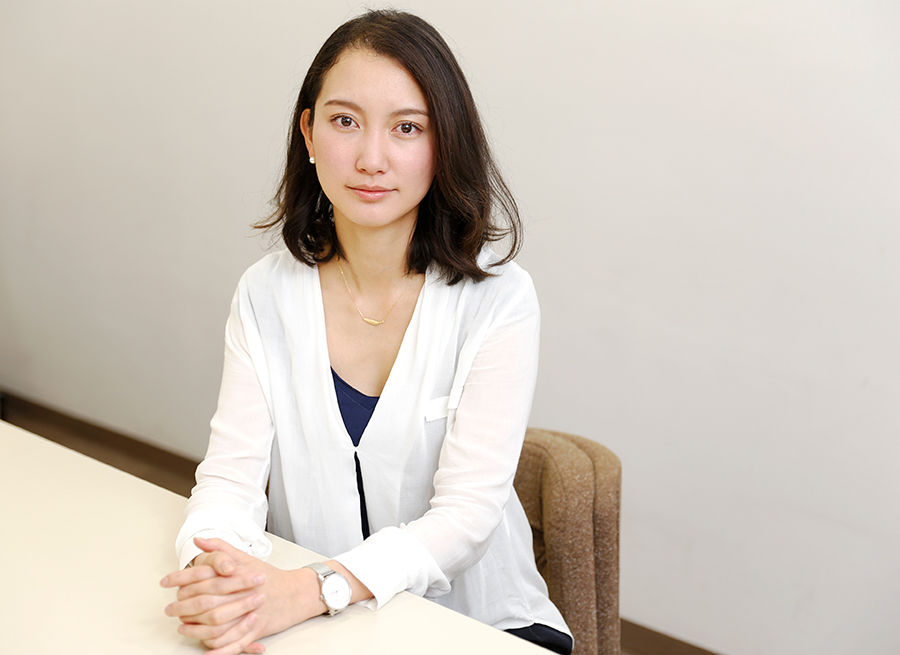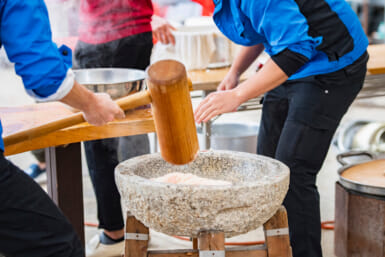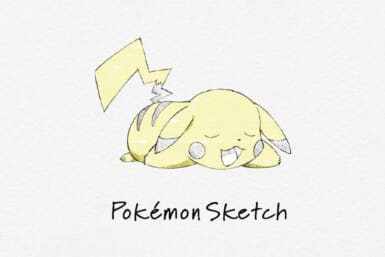Sifting soft light and shadow, creating an intimate atmosphere at every angle — it’s so organic it strikes a chord in the heart. You forget you are watching and start living the story. This is the Yasu Tanida effect: creating life-like moments on screen.
The magic of his photography lies in its simplicity. It’s an understated subtlety that never imposes on the story; just a guiding hand unintrusive enough to not draw attention to itself yet strong enough to influence an audience of 10 million viewers a week, even during a pandemic. The talented and feted visual storyteller, a man who proudly diminishes the line between real and reel life, spoke with TW over Zoom to discuss his glittering career as a Hollywood cinematographer.
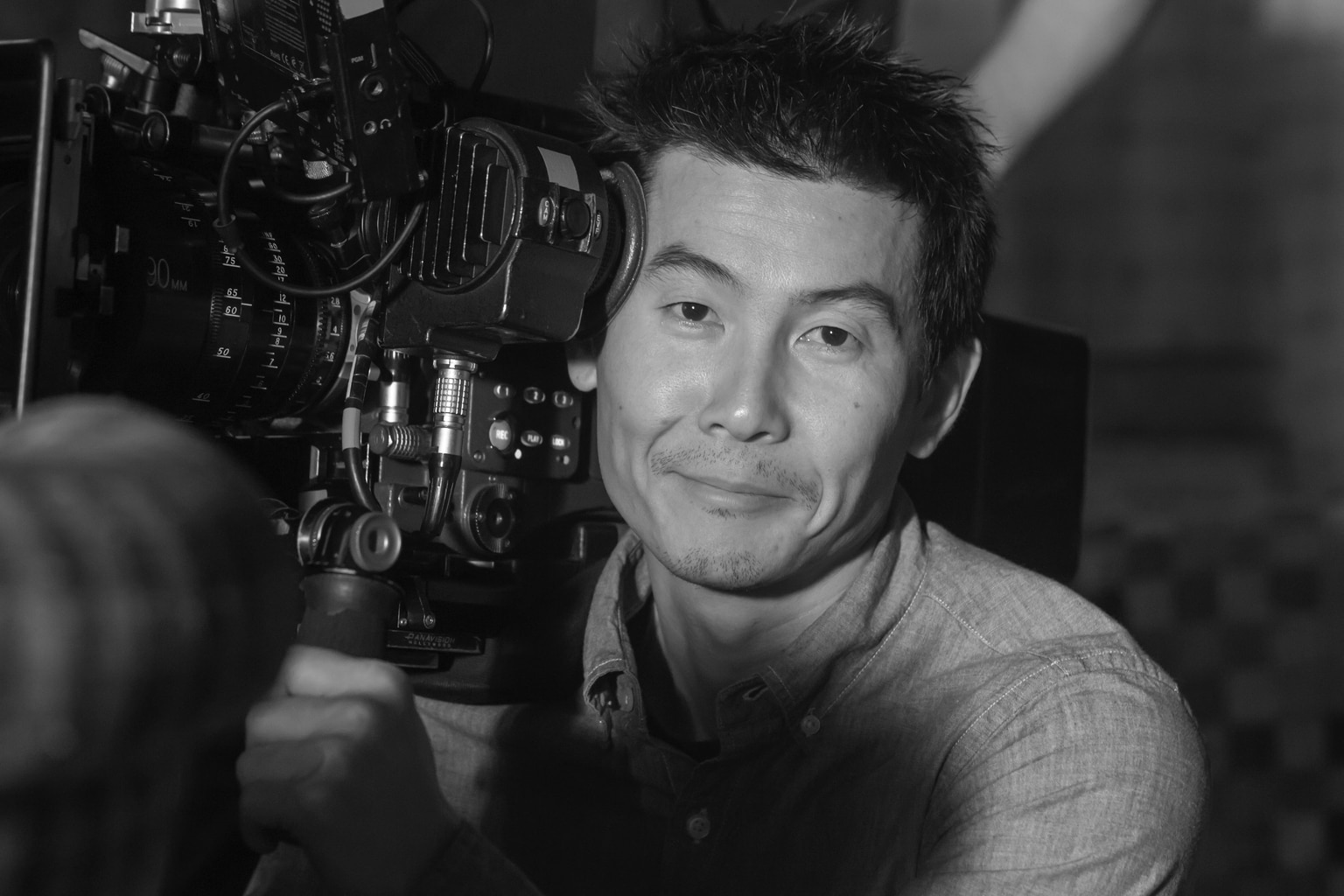
At what point in your life did you know you wanted to be a cinematographer and how did you move forward?
I think it was that moment when I visited film sets during my freshman year of college. It was just how I felt about the cinematographer handling lights and cameras. At Chapman University, where I was studying for my BFA in Film/TV Production, I realized not everyone had decided on the subject they wanted to specialize in. We had disciplines like directing, producing, screenwriting, production design and cinematography. Four years of this gives you a general idea of the process.
Mostly everyone was into film directing, with the exception of a few of us who were interested in being cinematographers. This allowed me to shoot many student projects. The first camera I practiced on was a Canon AE-1 35mm, which I bought in my first year of college while taking an experimental photography class. I also tried choosing visually exciting projects to build a portfolio of videos, short films and music videos to showcase. The goal was to get more opportunities to shoot after college.
Which project gave you your first big break?
For the first six or seven years, I did a lot of low-budget independent projects. I said yes to everything. Then, in 2003, I shot my first project with Chris Eska, Doki-Doki, in Japan. It was a short 34-minute black-and-white movie all in Japanese with English subtitles. The film highlights the isolation and the disconnect one can feel amidst the crowded subways of Japan, even as a native. I loved Chris’s vision and truly enjoyed that project.
Later I went on to work with Chris on August Evening, a film that won the John Cassavetes Award at the Independent Spirit Award and was the winner of Best Film at the Los Angeles Film Festival in 2007. I won the Best Cinematography Award at the Phoenix Film Festival when I was 28. In addition, Variety does a “Best Cinematographers to Watch” piece annually and I was featured. Also, although I didn’t have an agent until then, the attention helped me get an agent, which in turn helped me get a better body of work.
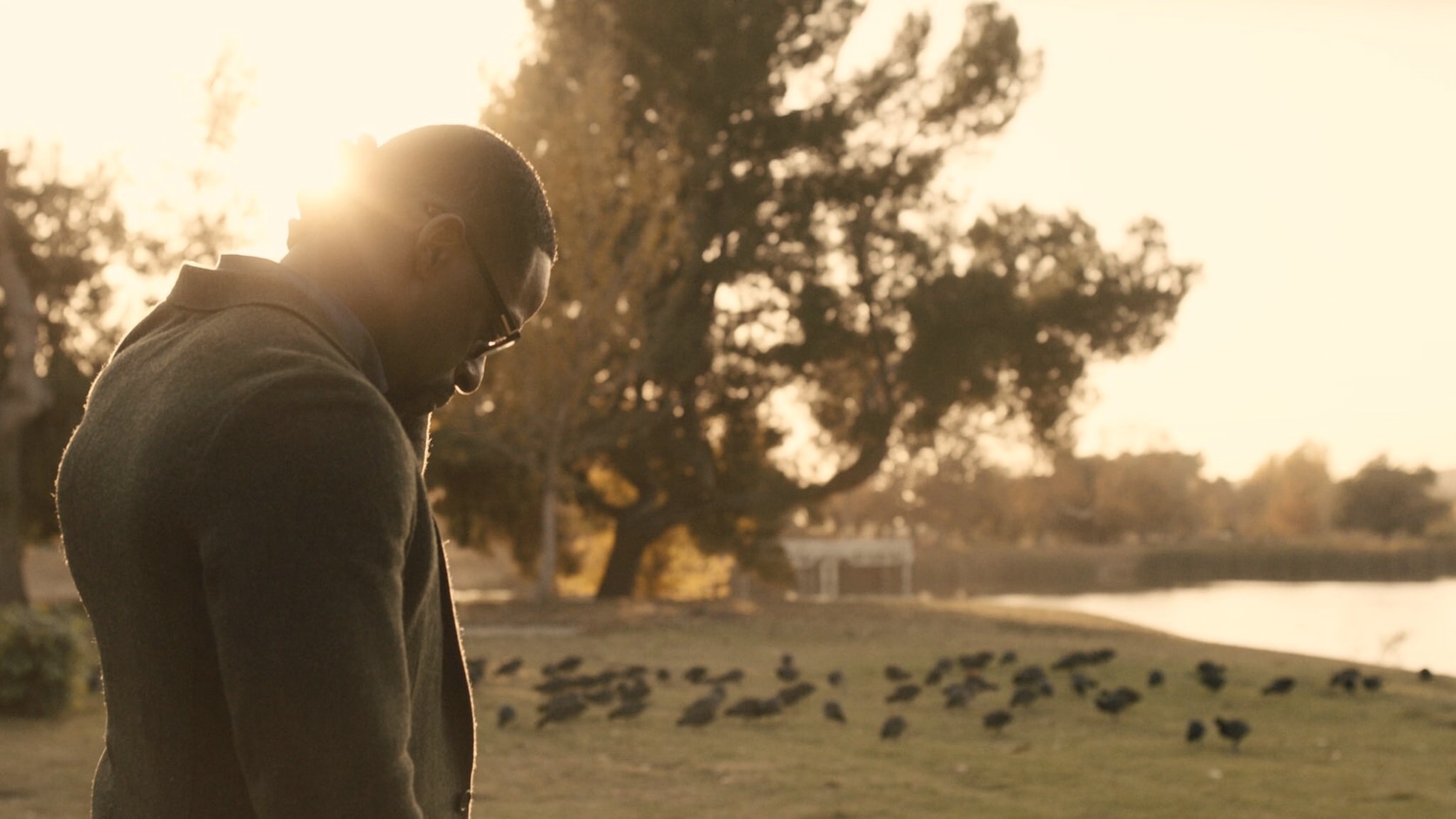
From This is Us
How do you start your creative process on a new project? How did you create the Tanida trademark effect that audiences have loved in This is Us?
My process has changed over the years. When I was in my 20s and 30s, I gravitated towards references like films, photographs and art. But nowadays, I think of concepts subconsciously to reflect my sense of aesthetics and taste. At this stage in my career, I want my work to be an extension of me.
I like highlights with a certain depth and glow, and I try to soften my frames while making the image a little dirtier. This is Us is a show a lot like how I imagine life to look and feel. I don’t know. I think I try to make it beautiful and ugly at the same time, just like life.
Would you say Japanese people are sufficiently represented in the American film industry?
There are only a few Japanese people in Hollywood and all of them are extremely talented. But it’s hard to figure out how to help. During my early 20s, many Japanese students were in film schools here, but 99 percent of those students returned to Japan, and quite a few are doing very well in the Japanese film industry. For example, my good friend, Takuro Ishizaka, whom I’ve known since I was 18, is doing great things. He’s the cinematographer for the Rurouni Kenshin series.
Although it would be nice to have more talent from Japan, I feel we benefit today by having digital streaming platforms as storytellers. A place to share and watch great cinema from around the world.
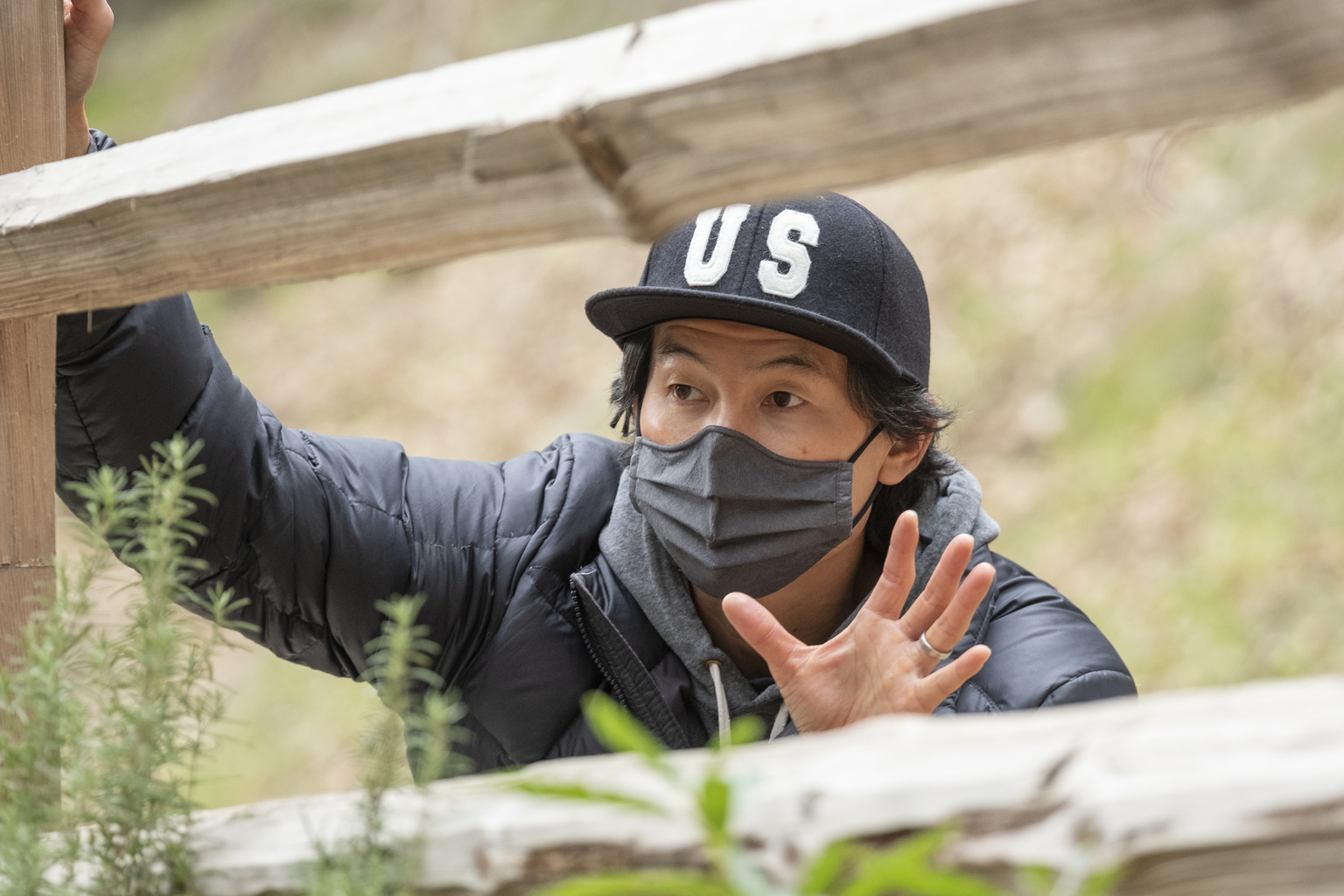
How important to your work is the partnership with the director? Any other departments that help you make the magic happen on screen?
It’s always good when there’s room for dialogue and communication between a cinematographer and his director. I worked with Ken Olin on This Is Us and he is very open to mixing it up and changing things with lighting and camera — I appreciate that flexibility. Ken and I have similar creative sensibilities, so collaborating with him is always a pleasure.
When trying to tap into an emotion or going through a flashback sequence of a different era, I would say the music score of a project is the cinematographer’s best friend. Siddhartha Khosla, who made the music, aced it and amplified the visuals on the screen.
What do you love about being a cinematographer and where will we see your work next?
I love the anticipation before shooting a big scene. I love collaborating with hundreds of people, all coming together to create something bigger than themselves. I love being blown away by a performance. I love the long hours I spend color correcting a show in a dark theater with my colorist. I especially love watching what I have photographed at home with my wife on the couch. I love knowing that my work makes millions of people feel real emotions. That makes my job worth it and I love it.
I can’t reveal the name, but I can disclose that I will be working on a spy thriller, the characters are fun as is the drama. The way it unfolds is quite a spell.

